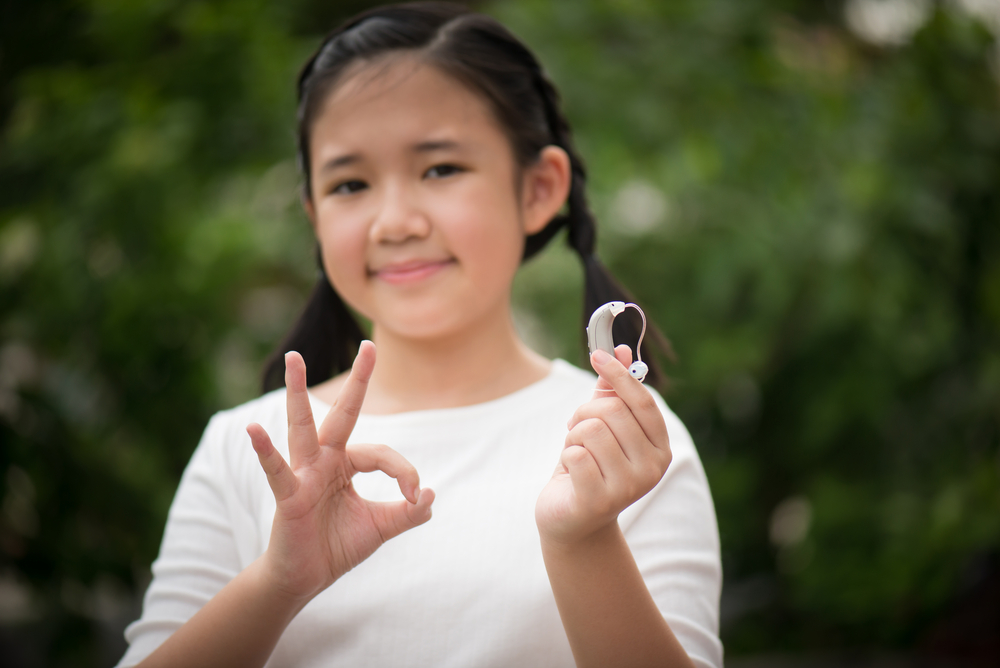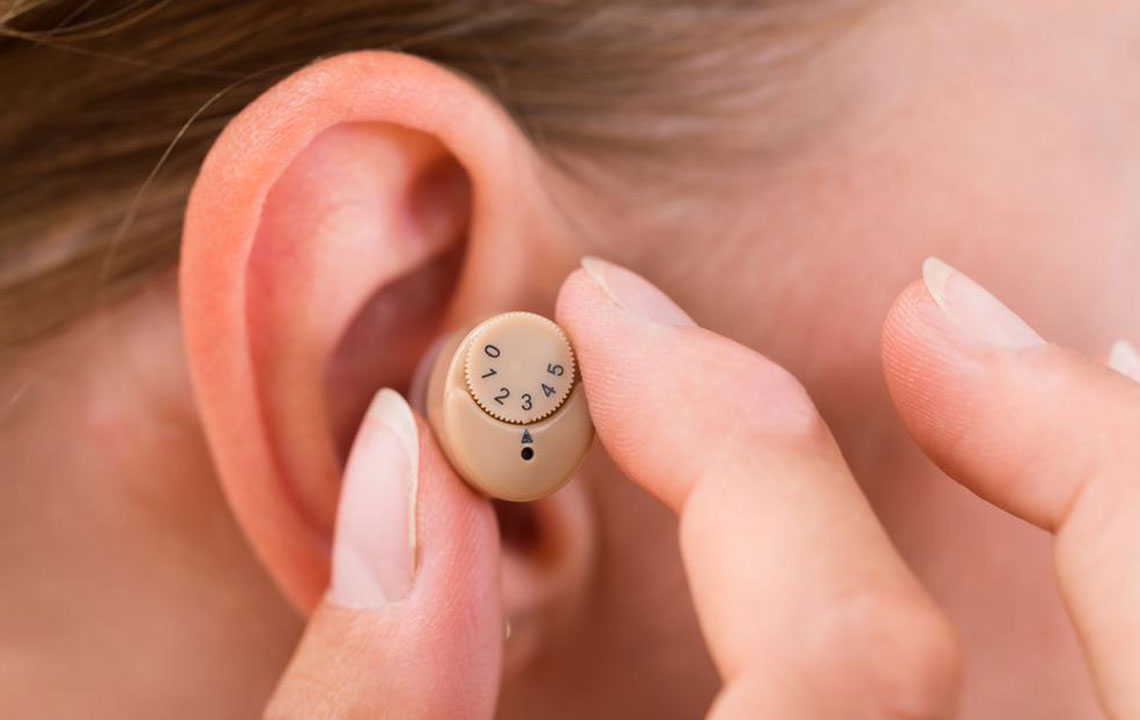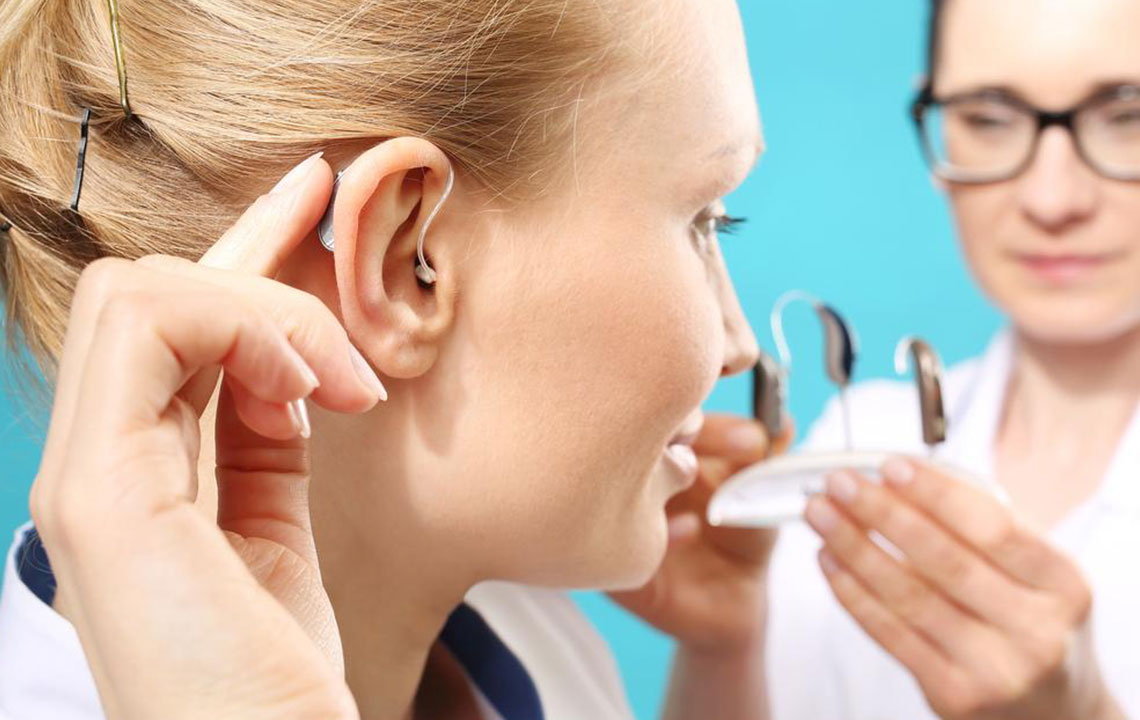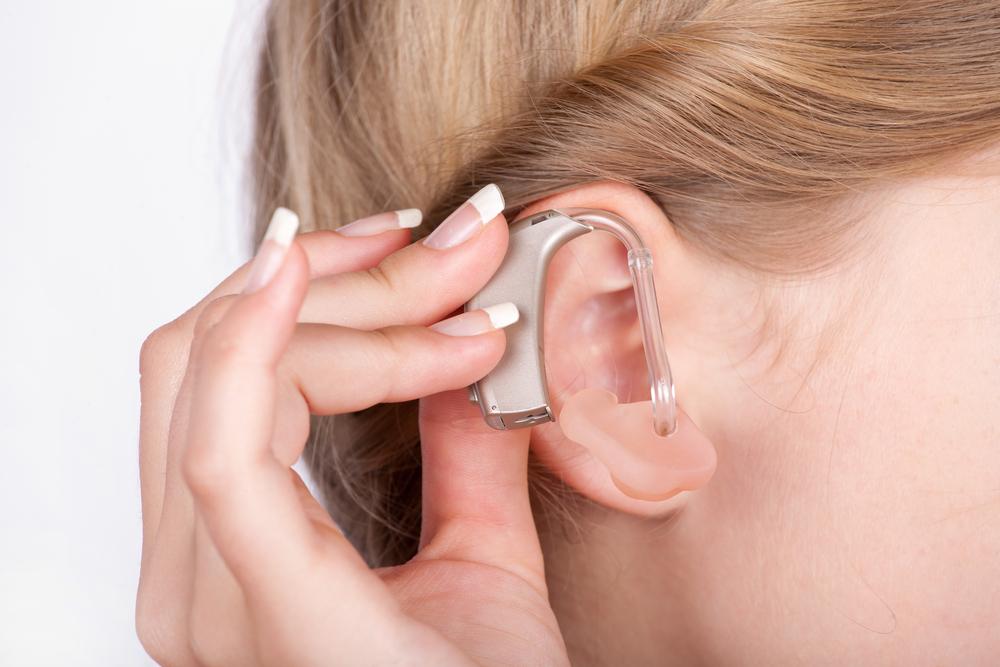Ultimate Guide to Hearing Aid Options
This comprehensive guide covers various hearing aid types, styles, and technology options, helping individuals choose the right device for hearing enhancement. It explains analog and digital aids, different styles, and the importance of professional consultation for hearing loss management.
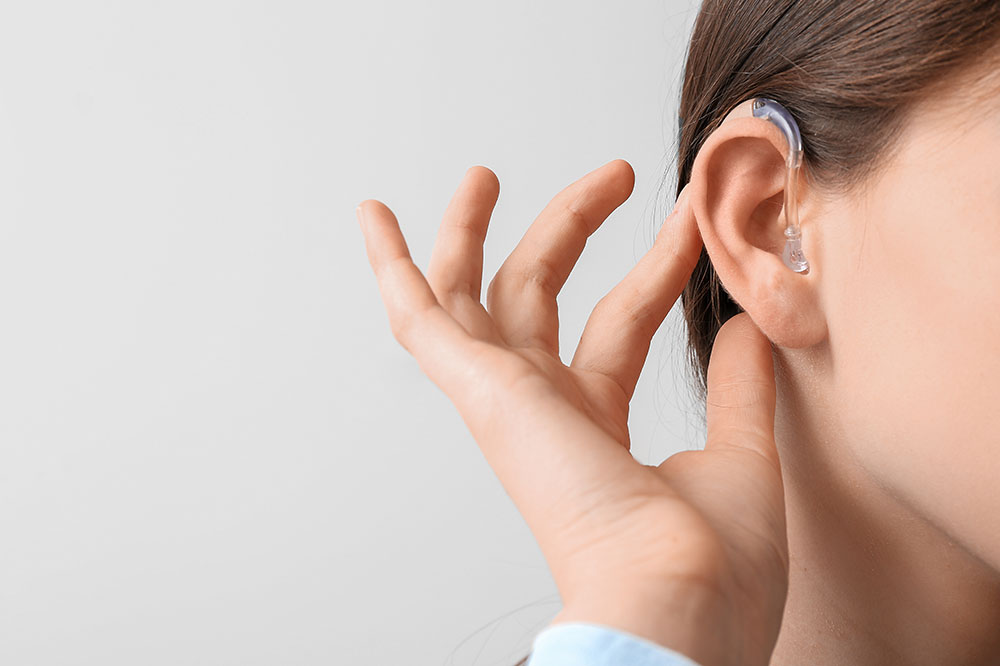
Ultimate Guide to Hearing Aid Options
Hearing impairments can be classified as sensorineural, conductive, or a mix of both. The specific type influences whether hearing loss is partial or complete. Once hair cells in the inner ear are lost, they cannot regenerate, leading to permanent deafness. Regardless of the hearing loss nature, using hearing aids can significantly enhance auditory perception by amplifying sounds directly into the inner ear. Continue reading to explore the essentials of hearing aids.
What are hearing aids?
Hearing aids are compact, wearable devices designed to amplify sound for individuals with partial or total hearing impairments.
They feature a microphone to capture sound, an amplifier to boost volume, and a receiver to transmit sound into the ear. Hearing aids vary based on technology—analog or digital—their designs, and special features. Some models include earmolds or earpieces to direct sound into the ear canal, enhancing clarity. Before selecting a device, it’s best to consult an audiologist to assess your hearing loss severity.
Analog vs. Digital Hearing Aids
While digital hearing aids dominate today, analog models remain available and have their advantages.
Analog devices rely on a sound amplifier. They cannot filter background noise, so they amplify all sounds equally. However, they can be programmed for different environments, such as libraries or concerts, though they still amplify all sounds within certain frequencies. Analog aids typically offer longer battery life and are more affordable. Digital hearing aids, equipped with advanced processors—mini computers—convert sounds into digital signals. These can be fine-tuned to improve clarity and minimize background noise in various settings.
Hearing Aid Styles
Hearing aids come in five main styles, allowing for personalization based on comfort and visibility:
Behind-the-ear (BTE): All components sit behind the ear, connected via tubing to an earmold or earpiece.
Mini BTE (mBTE): Smaller version with the earpiece inside the ear canal connected by a thin tube, offering comfort and less visibility.
Completely-in-the-canal (CIC): Tiny devices inserted deep into the ear canal, nearly invisible, and resistant to wind noise.
In-the-canal (ITC): Compact aids placed partially in the canal, less visible than larger models, with a more natural feel.
In-the-ear (ITE): Larger casing placed in the outer ear, housing all electronic parts, easier to handle.

